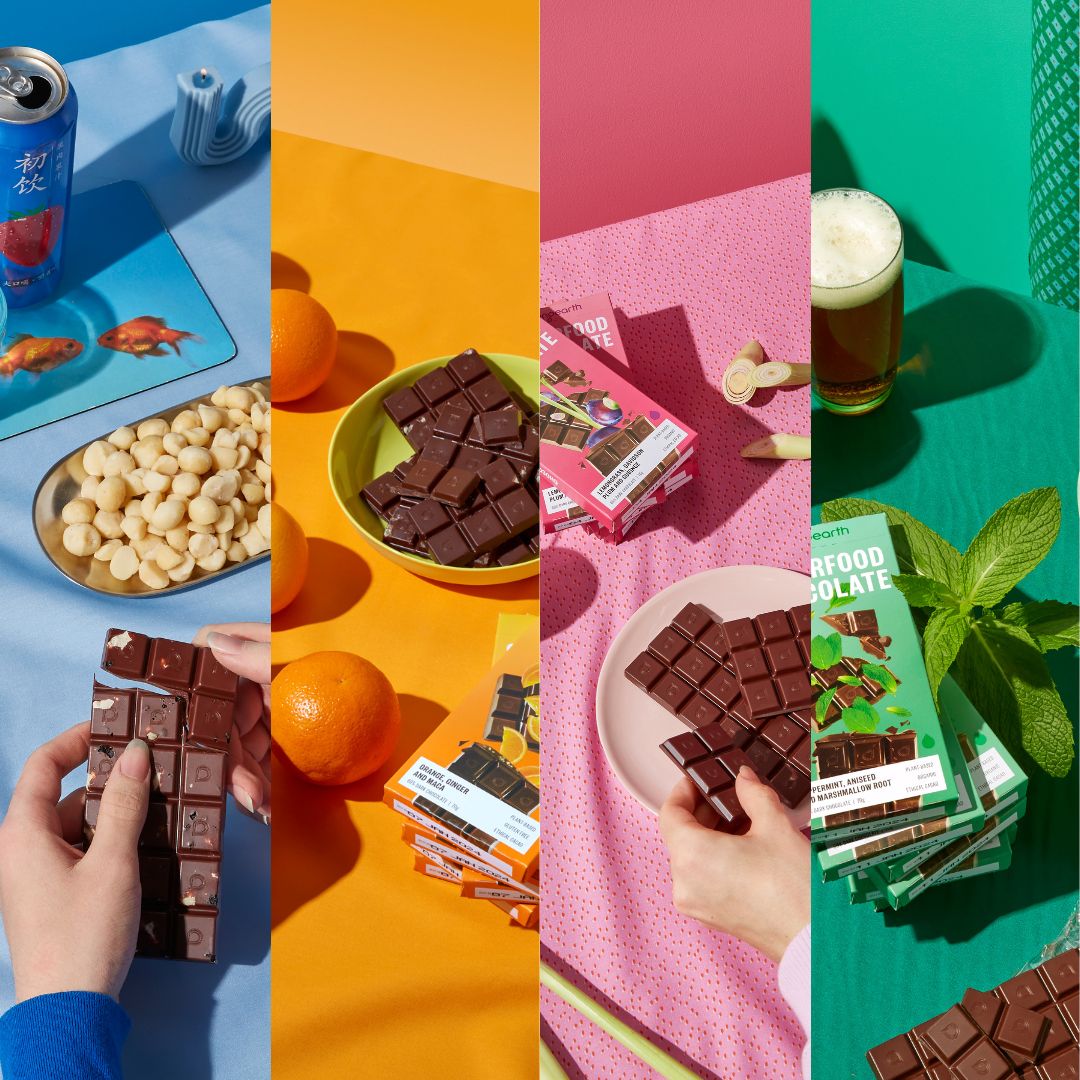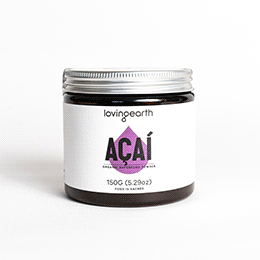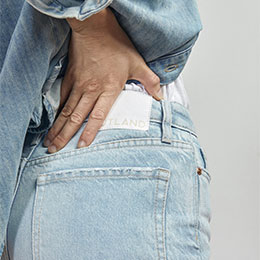
Western Australia is where we at Loving Earth source our Gubinge from. Scientifically proven to be the highest natural source of Vitamin C on the planet, Gubinge, otherwise known as Terminalia Ferdinandiana or the kakadu plum, is harvested by the people of the Nyul Nyul tribe on their land North of James Price Point, about two hours from Broome in the Kimberley region. About four years ago we embarked upon our project up there, working with Bruno, a local leader, to commercialise the plant. You can read his inspiring story here, the gist of it being that Gubinge is providing opportunities for a widely neglected sector of the population who have much to offer. You can imagine how excited I was when Scott (Loving Earth’s founder) suggested that I go up there to document the harvest…
After two years in Australia, I recently had something of an epiphany. Visiting friends who’ve moved from Melbourne to the countryside, the reality of their locale didn’t quite match my imagination. This was the point at which I realised that more or less everywhere in Australia exists in my brain as a creaky old town with ramshackle wooden buildings and tumbleweed rolling in the dust. This is despite having driven the entire coast from Adelaide to Brisbane a number of times. Despite spending a number of weeks in Far North Queensland last summer. Despite many trips the length and breath of rural Victoria - it’s amazing how deep-set ideas continually inform our relationship with reality. My brain simply insists on trying to convince me that Australia consists of little more than a collection of cheap sets from Mad Max and Crocodile Dundee. Anyone who’s seen anything of the country knows that such is not the case, the beauty of which is arguably unrivalled elsewhere in the world. From alpine slopes to tropical rainforests, towering desert monoliths to cosmopolitan cities on the coast, it’s a nation of extremes. Yet if there’s consensus to be found, it’s that the Kimberley region is perhaps the most breathtaking of the entire continent.
Looking down from the plane upon the red desert, barren & hostile, I couldn’t help but feel a sense of foreboding. I’d happily spend a week in the thickest, darkest forest, entirely at home a thousand miles from civilization, but put me out in the desert and I feel alien, lost, terrified beneath the endless sky. Traversing the desert between Perth and Broome, I began to see it differently. Descending towards our destination, a dark sandy landscape appeared red and glowing in the gaps between the clouds. Strange circular patterns, scrubby bushland divided by ochre lines marking roads and trails… as we get closer to Broome the ocean’s light blue tropical shallows give way to the deeper, darker waters off the coast.
I meet Bruno & Marion at the airport. Bruno is shy and gentle, his partner Marion outgoing and animated. They tell me that there’ve been mad storms that morning with crazy thunder and lightning. Hopefully it’ll hold off tomorrow and we’ll be able to make it out to Bruno’s land. His accent is thick, and it’s a couple of hours before I acclimatise. Until then it’s the ol’ smile-and-nod. I suspect the situation is one of mutual polite bewilderment. The pair are full of admiration for Scott, eager for news of him and Loving Earth. We drive around Broome’s tropical streets and they take me to the old jetty and the pearling boats, traditionally a strong industry here. Bruno points out the wharfs where he used to work back in the ‘70s before we drive back to his house. We pick up Marion’s nephew Leigh, who’s been out on the pearling boats for a few weeks. He’s caught a mackerel, and we have it for dinner together with a Blue Bones which Bruno’s brother caught. The food is delicious, and we drink a few beers while Bruno starts to open up a bit more, talking about a trip to France at the behest of a perfumery – the only time he’s ever left Australia. After Bruno heads off to bed I stay up and chat, hearing all about the various Gubinge-related campaigns from Marion. They’ve basically been left out in the cold by everyone who’s said they’d help. Deep rifts have developed between the various tribes of the region, with the government approach essentially claiming “they’re all aboriginals” without respect to the various tribes they’re from and the fact that some get on well together whilst others don’t get on well at all. The end result is that the government have granted traditional Nyul Nyul land to members of the Stolen Generation in a misguided attempt at reparation, an act which has created more problems than it’s solved. I go to bed pondering this problem – a typical example of the botched situation which an outsider like myself can’t even begin to comprehend.
Getting up around 7am we load up the truck and head out towards Twin Lakes. There’s five of us going: myself, Bruno, Marion, her daughter Lahea and Lahea’s son Aydan. Outside of Broome the paved road ends and we get to the dirt road. I’d been expecting a desert-like environment, but it’s much more tropical; the red earth is gorgeous, contrasting strongly with the lush greenness of the bush. The road gets rougher and they tell me about previous storms they’ve been in and how extreme the weather systems get around here. It’s cyclone season and big storms can blow in quickly, trapping people out there, so we have plenty of extra fuel and dry goods. I’m slightly nervous but excited! They’ve been stuck a number of times before and are hoping that the clear weather will hold…it does, and we get out there before 1pm. Bruno has three camps set up within a relatively small area. We go to one of them and have some lunch, just prior to which Marion and Aydan show me my first live gubinge! The fresh plant is entirely different to the dried variety, bitter, zesty and with a flavour that compulsively makes you want more and more. I pick & eat plenty and take a walk around. The way the harvest works is that pickers get $150 for a box. A good tree has enough fruit for two boxes, and the better the land is kept, the more trees grow. Each year there’s usually two harvests, three when the season’s right.

After lunch we take off through the bush to visit another camp, down near one of the lakes which gives the area its name. Aydan gives me some wild passionfruit and it’s delicious - great for keeping up the energy levels as you’re trooping through the bush. Bruno is a veritable encyclopedia of knowledge; he’s like a botanist, constantly imparting information on his surroundings. There are edible plants and herbs everywhere and we’re surrounded by unusual scents and flavours. Many of the leaves, sap and bark from the native trees are used as natural medicine. Bruno gives me a piece of bark from a Bloodwood tree - it’s used to clean the blood and give relief from toothache. It’s red and bitter and it numbs the mouth for a moment, with a brief narcotic sedative effect. We collect firewood for the evening and Marion & Bruno show me how they work the land, preserving the trees so that they’ll continue to bear fruit. As we move, everyone is constantly pulling up speargrass, a non-native variety of grass. It runs wild, unchecked for decades, choking out the native species. Removing it allows the native grasses to return, which then gives space for flora, wild flowers and grasses, in turn encouraging native fauna to repopulate the area. With these insects and animals present, the entire landscape becomes more diverse, returning to how it once was. This then leads to further biodiversity, which will be greatly impacted if the gas hub at James Price Point goes ahead as planned. Bruno’s connection with the land is palpable, his sadness over its mistreatment and the lack of understanding towards it constantly apparent. This year he’ll begin a program of teaching rangers and CDEP students about fire management in the bush. They’ve repeatedly appealed to government representatives, demonstrating the biodiversity of the land, contrasting it with the choked-out desolation of the wilderness around it. Yet government representatives view this as “wasting the land”; spending even a single day out here with Bruno demonstrates otherwise.


